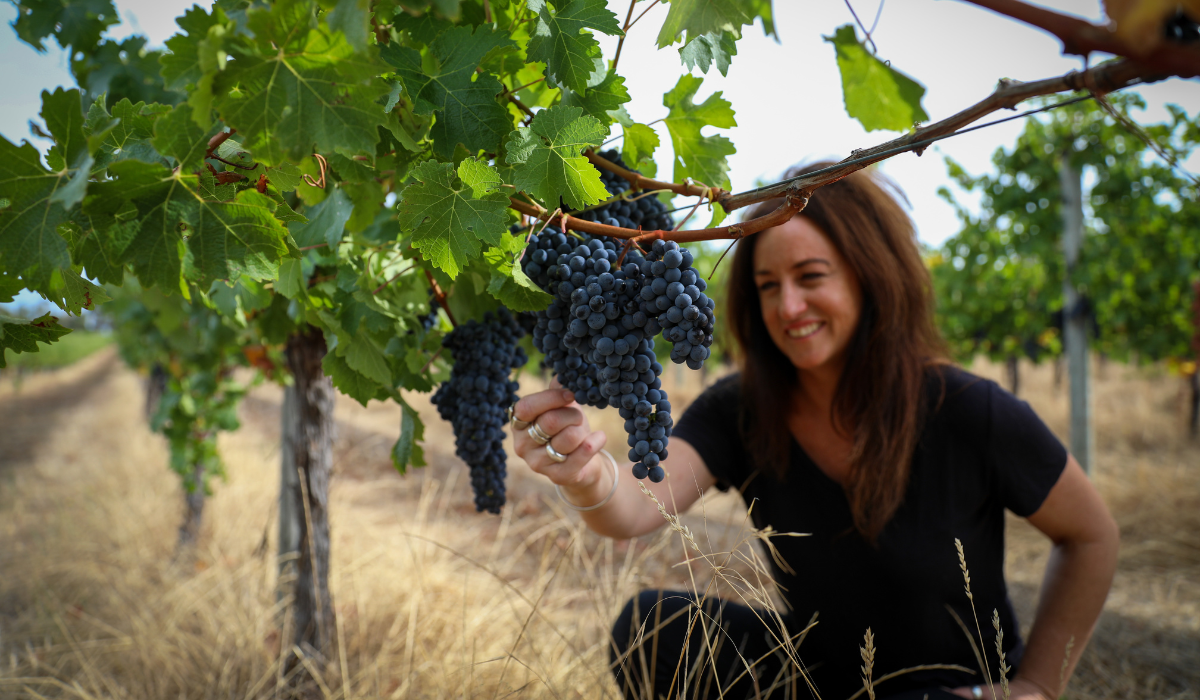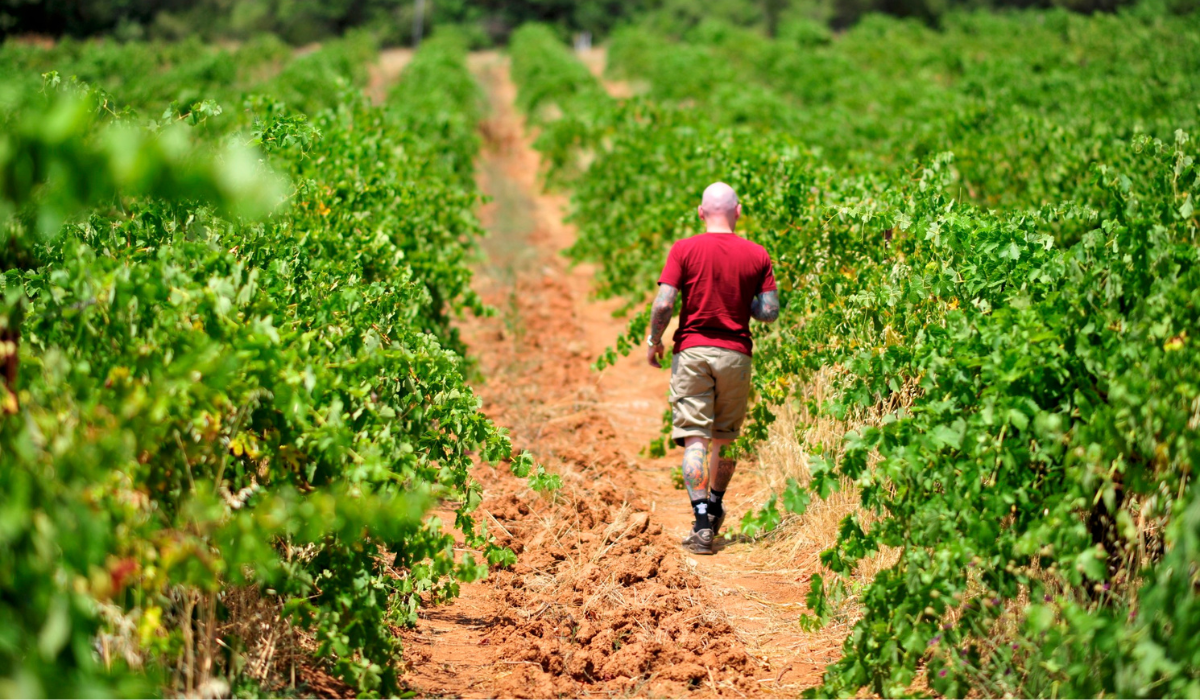- Home
- Articles
- From the tasting team
- Marcus Ellis on Malbec
Lead part or walk-on extra: Marcus Ellis on malbec
8 Apr, 2025
Native to France but emblematic of Argentina, Halliday taster Marcus Ellis looks at the role malbec has historically played, and its future potential in Australia.
This content is available to members only
Become a member to unlock our growing library of 180,000 tasting notes, four issues of Halliday magazine per year, and other benefits.
Join today and we’ll send you a free bottle of Greystone Wines Chardonnay 2023 Waipara Valley, rated 95-points and worth $55 RRP.
Malbec is generally a lead part or walk-on extra, with just a few notable roles in between. It’s often darkly fruited and generous, with blackberry and dark plum notes accented by tobacco and spice. But that profile is highly influenced by location – as well as long-term vine adaptation to those conditions – with Argentine versions often juicy and supple, while those from France’s south can tend to be somewhat more structured, meaty and savoury.
In Australia, aside from the Wendouree benchmark, malbec is somewhat of a shadowy figure. And while the 560-odd hectares here is never going to result in a boom, there are concerted efforts being made to explore its potential.
Main & Cherry’s Michael Sexton makes a malbec from two sites in McLaren Vale. It’s a wine pitched in a fragrant mid-weighted zone, which is an uncommon, yet successful, take. “Malbec is a goldilocks variety,” he says. “It’s not too heavy, and not too light, with magical colour and depth, but without being big or boisterous. It’s my favourite wine to ferment; it fills the shed with amazing aromatics of violets and blackcurrants.”
Malbec is often known as the fifth player in the Bordeaux red quintet (or sextet, if you include the phantom that is carménère), but that is more academic than it playing any meaningful role in the celebrated wines of the region. Accounting for a percentage point, or so, of vineyard land, it is somewhat of a footnote, unlike in Argentina, its adopted home, where it is the emblematic variety and perfect foil to that other national obsession, asado.

In France, malbec had more significance prior, but it was one of the many victims of phylloxera in the 19th century; both by being killed off by the North American vine parasite and due to its low success rate when grafted to phylloxera-resistant American rootstocks. The great frost of 1956 further lowered its importance, with most extant older vines – along with much cabernet franc – wiped out, only to be largely replanted with merlot and to some degree cabernet sauvignon.
That frost was a devastating event that is hard to overestimate in its physical and emotional toll, with tales of olive trunks and limbs audibly cracking in Southern France as two-thirds of the ancient trees were crippled when the overnight temperature dramatically plummeted. The impact rippled for years, decades even, after.
The southern malbec stronghold of Cahors was also largely obliterated, although those vines were replanted to the local hero grape in even greater concentrations. The wines of Cahors can be rugged and structured, though producers like Clos de Gamot make superbly elegant and age-worthy examples. Malbec is also grown in the Loire Valley. It is called côt there, as it is in Cahors – but is also known as auxerrois (not to be confused with the Alsatian white grape) in the latter.
In Australia, malbec was imported a decade after the Busby collection by William Macarthur, with Frank Potts planting it in 1850 as a foundational grape in Langhorne Creek, where it still heroes in several bottlings at his historic Bleasdale estate.

Today, some of the other key touchstones for malbec are in the Clare Valley, with Wendouree’s famous varietal wine and shiraz blend; in the Vasse Felix flagship ‘Tom Cullity’ along with cabernet sauvignon, made from the original vines planted by Dr Tim Cullity in 1967; as well as in the Yarra Yering Agincourt. In Wrattonbully, merlot evangelists Mike Kloak and Colleen Miller have also delved deep with malbec for their Mérite label. In 2008, they planted four Argentinian clones, producing both varietal and blended bottlings with promising results.
Col McBryde and Jen Gardiner’s historic Adelina vineyard abuts the great Wendouree, with the pair planting malbec in 2017 to complement their 1915-planted shiraz. “There’s a wonderful historical connection between Clare and malbec, being one of the three principal red varieties planted back at the turn of the last century,” says Col.
And while Adelina is pursuing a historic connection, that is underpinned by industry leading organic, regenerative farming, the wines are framed through a modern lens. “The versatility as a component or as a standalone variety further highlights the value and interest for me, which has obviously been demonstrated exceptionally well by our neighbours,” Col adds.
Malbec may not be storming up the charts, but it’s making some quietly compelling moves. “I think malbec has a bright future in Australia,” concludes Michael Sexton. “It’s a gorgeous variety – give it a go!”